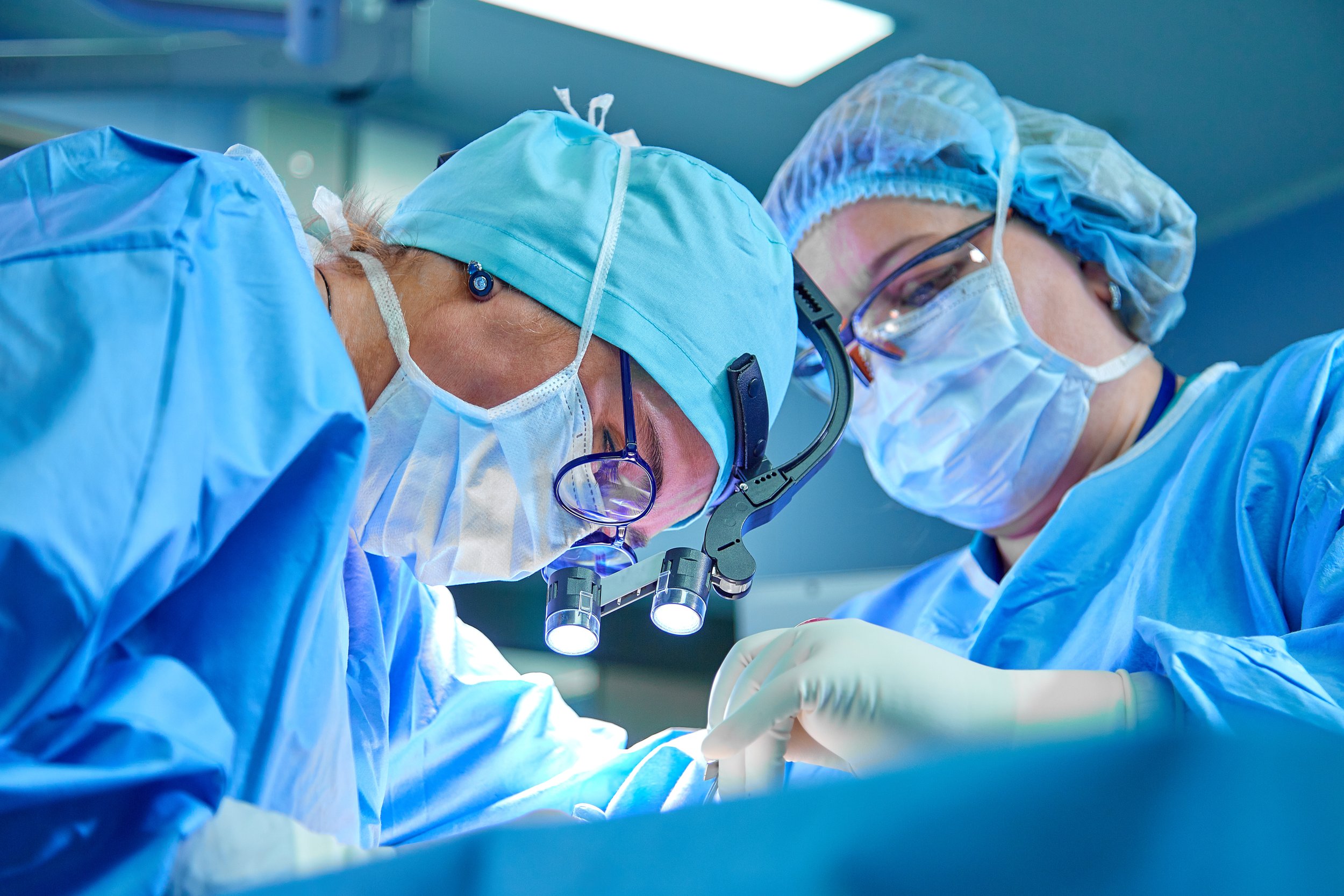What Is a Heller Myotomy Surgery? Get to Know This Achalasia Treatment
According to the Cleveland Clinic, approximately 1 in 100,000 people in the United States alone are affected by achalasia– also known as a chronic difficulty swallowing your food.
There are a variety of treatments out there that can be used to remedy the struggles of achalasia– from muscle relaxing medications, to numbing botox injections, to even balloon dilation procedures. All of these options, however, are just temporary solutions, generally fit for those with less severe achalasia. The most effective treatment is achalasia surgery, specially, the Heller Myotomy procedure.
Let’s take a look at what happens during the Heller Myotomy procedure and what the Heller Myotomy effectiveness looks like for the average patient.
What Is Achalasia?
Achalasia is an esophageal disorder in which the lower esophageal sphincter (LES) functions improperly, making swallowing your food difficult.
In a properly functioning esophagus, swallowing begins a series of coordinated contractions that help to move food and liquid down into the stomach. At the end of its journey through the esophagus, the LES opens to allow passage into the stomach. When esophageal contractions occur in improper succession, or the LES fails to open, three different types of achalasia emerge.
Achalasia Treatment: The Heller Myotomy
Achalasia can be treated in a number of ways, depending on the type of achalasia that the patient is suffering from, including surgery, medications, and even using botox as a numbing agent. One of the most effective options for patients suffering from achalasia, however, is the Heller Myotomy procedure. This achalasia surgery is proven to be the most successful long-term treatment and is often used as a solution for the most severe of achalasia sufferers.
What Happens During Heller Myotomy Surgery?
After you are sedated, your surgeon will make four or five laparoscopic incisions on your abdomen. These incisions will be used to visualize the inside of your body with scopes, blow CO2 inside to help visualize, or to insert cutting, suctioning, and cauterizing tools. Depending on the extent of your achalasia symptoms, your surgeon will make either small or large cuts to the band of muscular tissue that joins your esophagus and stomach (the LES).
For patients who needed much larger cuts, a fundoplication may also be performed at the same time - this procedure wraps a portion of the stomach around the esophagus to prevent reflux. For patients with smaller adjustments to the LES, your surgeon will simply make sure that the bands of tissue line up properly. All of these efforts are made to ensure the highest Heller Myotomy effectiveness possible.
How Long Does a Heller Myotomy Take?
The procedure itself won’t take longer than two hours; however, expect to stay in the hospital for two to three days total. Your surgeon will want to make sure that the procedure was successful and that you are on your way to a healthy recovery before you can go home.
How Do I Prepare?
Since you will be under general anesthesia for the procedure, you will be asked not to eat or drink anything other than water for at least eight hours prior to your surgery. Make sure that you have transportation from the hospital when you are discharged. You will probably still be very uncomfortable and may be on narcotic pain medication - on which you should not be driving.
What Does Post-Op Look Like?
Unless you have trouble with certain medications, you will be given a fairly strong pain medication directly after your surgery. Aside from this, your post-operative instructions can be slightly different, depending on the surgeon that performs your procedure. The surgeons here at the Tampa Bay Reflux Center will ask that you stick to a liquid-only diet for about a week. After the first week, you can reintroduce soft foods like fruit, steamed veggies, rice, and fish. By the time a month has passed, you should be able to resume your normal diet.
Heller Myotomy Effectiveness
Luckily, the Heller Myotomy is extremely effective in relieving the symptoms associated with achalasia– as long as your achalasia symptoms were caused by an over-tightened LES. If your achalasia is caused by improper contractions inside the esophagus, this achalasia surgery may not be for you. Discuss all of your options with your doctor to determine what is right for you.
Heller Myotomy Surgery in Tampa Bay
If you and your doctor decide that a Heller Myotomy is the best treatment plan for your achalasia, schedule a consultation with our reflux specialists at the Tampa Bay Reflux Center. We can help you schedule your surgery and handle your post-operative visits so we can help you keep an eye out for any complications. Furthermore, if you think you may be suffering from achalasia, but don’t yet have a diagnosis, we can help you with that, too!

